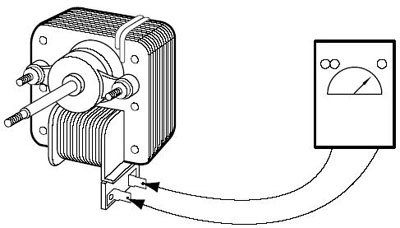
Normal resistance is 65 ohms ± 10%.
Replace if not within this spec.
Infinite resistance indicates an open circuit; less than 5 ohms indicates a short.
120 VAC motor
• Always disconnect the power cord before servicing the range.
• Replace all panels and parts before operating the range after repairs.
• Reconnect all grounding devices, clips, pins, and wires. Failure to do this could result in personal injury, electric shock, or death.
• Wear gloves to protect your hands from the sharp edges of sheet metal.
• The most common cause of control failure is corrosion on the connectors. Disconnecting and reconnecting connectors will be an important part of all testing procedures.
• All tests should be made using a DVM with a sensitivity of 20,000 ohms per volt DC or greater.
• Resistance checks must be made with the range unplugged and the component disconnected from the circuit.
 |
Normal resistance is 65 ohms ± 10%. Replace if not within this spec. Infinite resistance indicates an open circuit; less than 5 ohms indicates a short. 120 VAC motor |
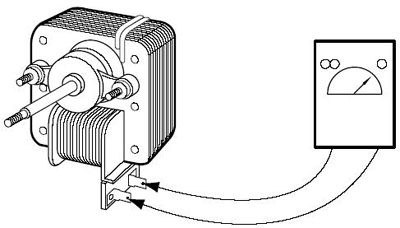 |
Normal resistance is 2.6 k ohms ± 10%. Replace if not within this spec. Infinite resistance indicates an open circuit; less than 5 ohms indicates a short. 120 VAC motor |
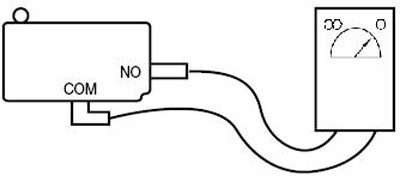 |
Latch open = continuity. Latch closed = Infinite resistance. Be sure the switch is connected correctly. |
 |
Normal resistance is 26 ohms ± 10%. Replace if not within this spec. Primary input is 120 VAC black to white Secondary voltages are: 18 VAC yellow to yellow and 9 VAC red to red. (See page 44 in the training manual.) |
 |
Measure when cool. (room temperature of 77° F / 25° C) Normal resistance is 1.09 k ohms ± 10%. Replace if not within this spec. |
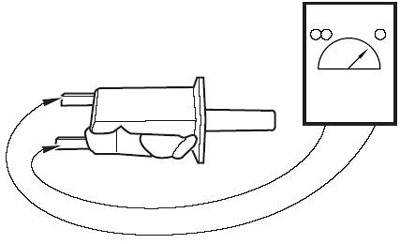 |
Door open (plunger out) = continuity. Door closed = infinite resistance. |
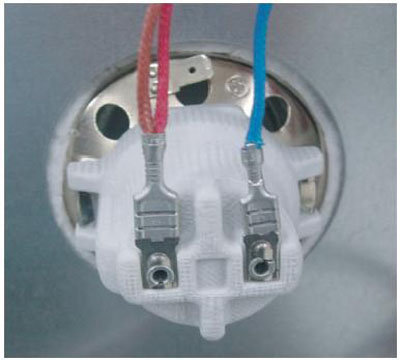 |
Normal resistance = less than 5 ohms. Replace if not within this spec. 120 VAC Lamp (Use 40-watt bulbs.) CAUTION! The door switch and relay board break the neutral side of the line. A 120 VAC potential to chassis ground exists at all times. Unplug the range to change the bulb. |
Questions? Comments! Concerns? Report an error?
Let us know!
An e-mail should solve the problem.